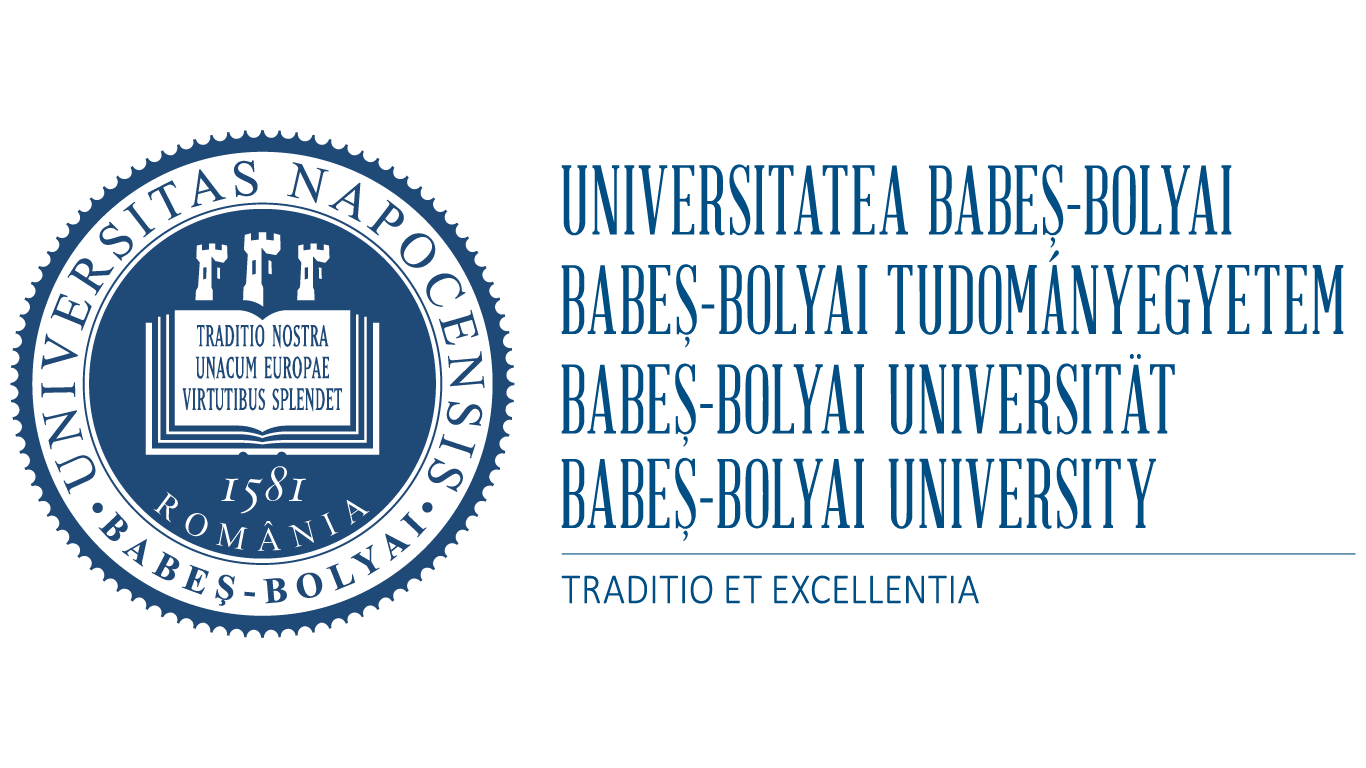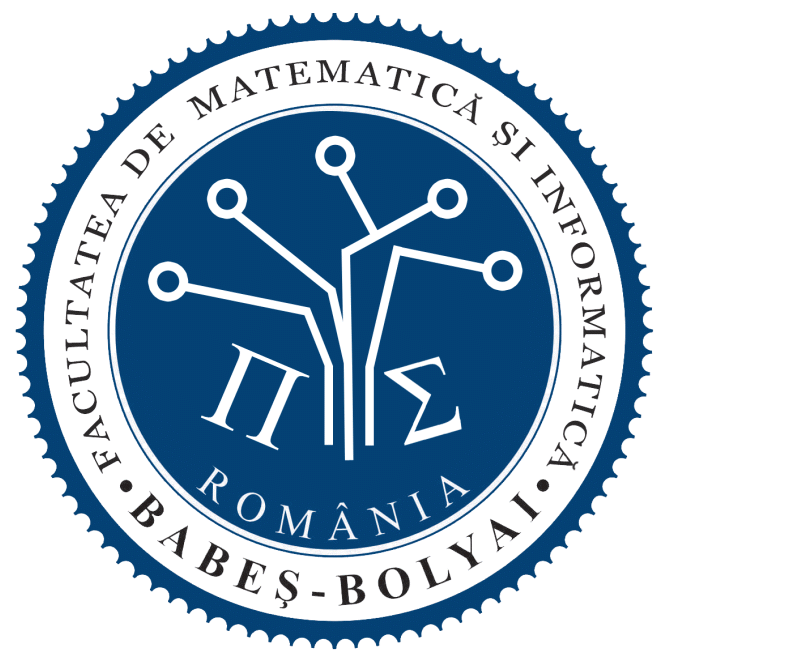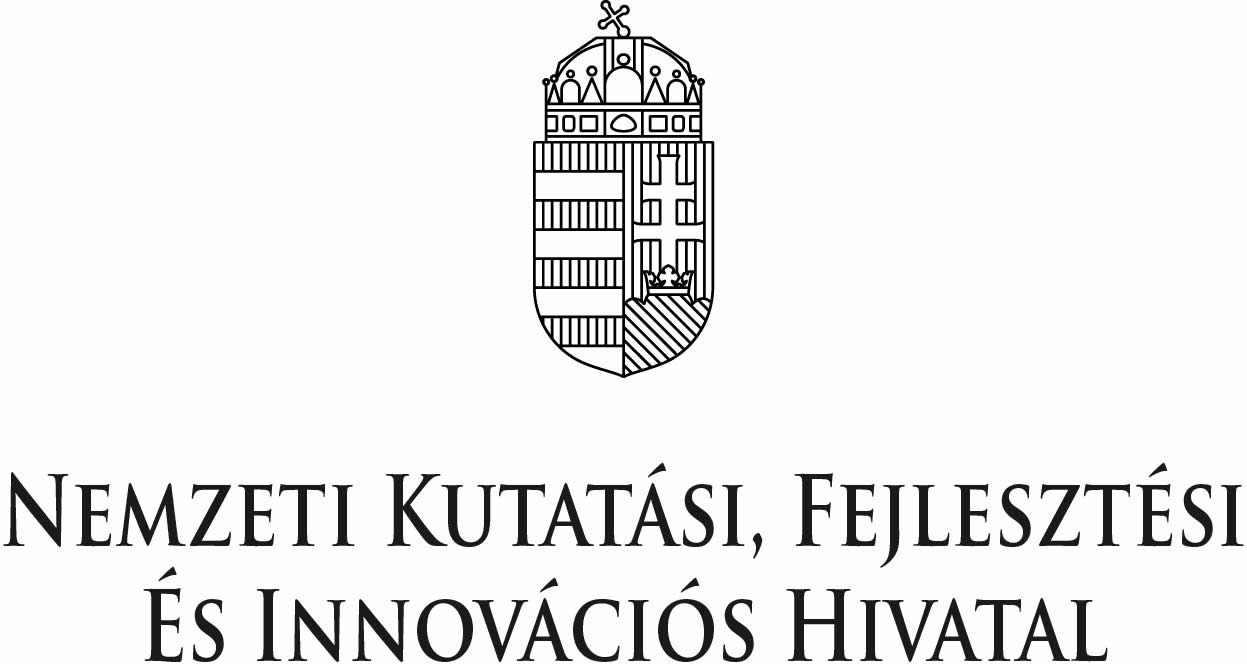The conference talks will be held in the Library's Lecture Room of the Mathematica building. Everybody is welcome to attend the meeting. Due to organizational reasons, please indicate your participation in advance by sending us an email.
-
Address: Babeş-Bolyai University, Mathematica building, str. Ploieşti 23-25.
| Tuesday | Wednesday | Thursday | |
| 09:30-10:00 | |||
| 10:00-10:30 | |||
| 10:30-11.00 | Coffee break |
||
| 11:00-11:30 | Coffee break |
Coffee break |
|
| 11:30-12:00 | |||
| 12:00-12:30 | Lunch break |
||
| 12:30-14:00 | Lunch break |
Lunch break |
|
| 14:00-14:30 | A short walk with Csaba Szántó |
||
| 14:30-15:30 | A.A. Kubasch | G. Pintér | |
| 15:30-16:00 | Coffee break |
Coffee break |
|
| 16:00-17:00 | |||
| 17:00-18:00 | A. Sándor 1. |
- Tamás Ágoston (ELTE University, Budapest)
Lattice cohomology of curve singularities
TBA...
- Zsolt Baja (Babeş-Bolyai University, Cluj)
Representable semigroups
TBA...
- Márton Beke (ELTE University, Budapest)
Rational blow-downs and exotic 4-manifolds
TBA...
- Roberto Giménez Conejero (Rényi Institute of Math., Budapest)
Complex curve singularities modulo smooth diffeomorphism
A classic question in algebraic geometry is the classification of certain kind of varieties up to some equivalence (e.g. ambient homeomorphisms). In particular, given two germs of complex varieties in $(\mathbb{C}^n,0)$, one can study if there is a smooth (real) diffeomorphism of $(\mathbb{R}^{2n},0)$ to itself that takes one variety to the other.
In this talk, I will explain our solution to this problem for plane curve singularities and introduce the few results previous to our work. Our result shows that, if two curves are equivalent by a diffeomorphism, then its Taylor series is holomorphic or antiholomorphic; therefore one curve is complex isomorphic to the other or the conjugate of the other. If there is enough time, I will give an exposition of different classifications and explain what happens in more dimensions.
This is a joint work with Alberto Fernández-Hernández. - László Koltai (Rényi Institute of Math., Budapest)
Jumping numbers of Q-divisors in normal surface singularities
TBA...
- Alexander Arnd Kubasch (Rényi Institute of Math., Budapest)
On some properties of the analytic lattice cohomology of isolated plane curve singularities
TBA...
- András Némethi (Rényi Institute of Math., Budapest and Babeş-Bolyai University, Cluj)
Newton diagrams in algebraic geometry
We discuss some classical results regarding the application of Newton diagrams in algebraic geometry. We will run three cases: the affine case, the local case and the case of complex torus. In all these situations we can ask for the number of solutions (roots) of the corresponding set of algebraic equations. Here the number of equations equals the number of variables. In the (Newton non-degenerate case) the answer is given by the combinatorics of certain Newton diagrams. If the number of equations is less than the number of variables we can ask about the topology of the corresponding (Milnor) fibers. Their Euler characteristic is also provided by the Newton diagrams.
- Gergő Pintér (Budapest University of Technology and Economics, Budapest)
Singularity theory applied to spectral degeneracies in quantum mechanics
Many quantum systems are described by a parametrized Hamiltonian. The degeneracy points, that is, the crossings of the energy levels, carry characteristic physical properties of the systems. In mathematical sense, a smooth map of a manifold into the space of the Hermitian matrices is given, which is called the Hamiltonian map. The study of the degeneracy points reduces to the description of the intersection of the Hamiltonian map and the subvariety consists of the matrices with multiple eigenvalues. Hence the application of the singularity theory naturally arises in this area of physics. In my survey lecture physically motivated questions and possible mathematical answers will be introduced. Joint work with András Pályi, György Frank, Dániel Varjas, Zoltán Guba, Péter Vrana.
- András Sándor (Rényi Institute of Math., Budapest)
A family of non-isolated toric surface singularities
TBA...
- Gergő Schefler (Rényi Institute of Math., Budapest)
Analytic lattice cohomology of curves and valuations
The analytic lattice cohomology of plane curve singularities is the categorification of the delta invariant of the singular germ. It is defined via valuations of the normalization. However, if the singularity is Newton nondegenerate, one might find natural to use another set of valuations determined from the combinatorics of the Newton boundary. This provides a lattice cohomology with the same Euler characteristic, but with (usually) different weight functions. Our first main result shows however, that the two lattice cohomologies agree. The methods allow us to extend the definition of the lattice cohomology to a more general algebraic setup, to certain ideals cut out by valuations having some special properties.
- Zsolt Szilágyi (Babeş-Bolyai University, Cluj)
Applications of Jeffrey-Kirwan residues
TBA...
- Tamás Ágoston (ELTE University, Budapest)
- Zsolt Baja (Babeş-Bolyai University, Cluj)
- Márton Beke (ELTE University, Budapest)
- Roberto Giménez Conejero (Rényi Institute of Math., Budapest)
- György Tőtős (Babeş-Bolyai University, Cluj)
- László Koltai (Rényi Institute of Math., Budapest)
- Alexander Arnd Kubasch (Rényi Institute of Math., Budapest)
- Tamás László (Babeş-Bolyai University, Cluj)
- Anita Nagy (Babeş-Bolyai University, Cluj and BME, Budapest)
- János Nagy (Rényi Institute of Math., Budapest)
- András Némethi (Rényi Institute of Math., Budapest and Babeş-Bolyai University, Cluj)
- Gergő Pintér (Budapest University of Technology and Economics, Budapest)
- András Sándor (Rényi Institute of Math., Budapest)
- Gergő Schefler (Rényi Institute of Math., Budapest)
- Zsolt Szilágyi (Babeş-Bolyai University, Cluj)
-
Please contact us by the following email address:




